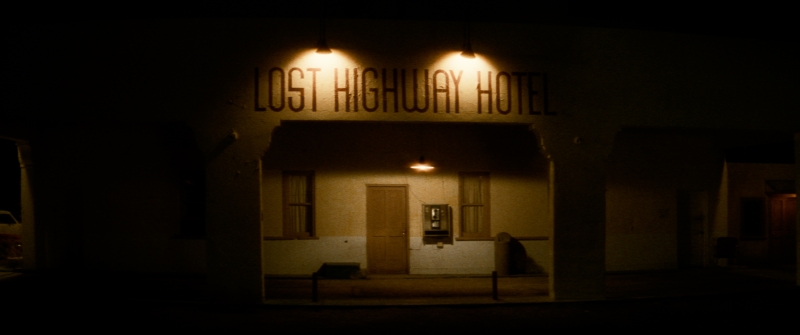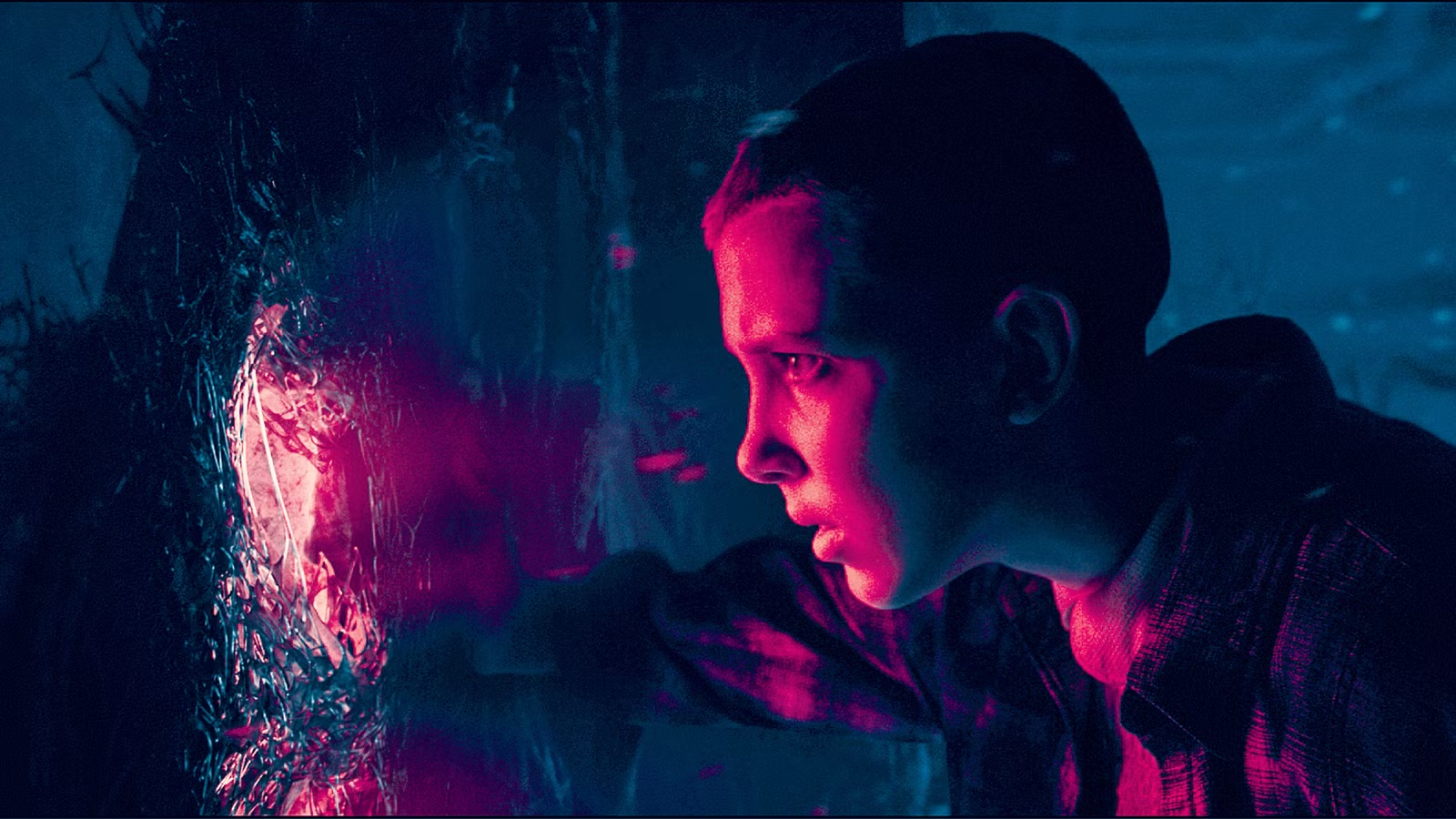David Lynch stands out as one of the most visionary directors in contemporary cinema. Throughout his career, this American filmmaker has crafted entire worlds that have indelibly entered the collective imagination, from the settings of the TV series Twin Peaks to the atmospheres of Mulholland Drive. Lynch is also a visual artist and musician, continually blending cinema with other creative disciplines (he will feature a design installation at the upcoming Salone del Mobile. Milano). However, directing has always remained his primary focus.
David Lynch: A brief biography
Born in Missoula, Montana, in 1946, David Lynch spent his childhood moving across states following his father, a scientist. His youth and teenage years, depicted in the film David Lynch: The Art Life directed by Jon Nguyen, were filled with visits to various art schools, driven by a lifelong aspiration towards creative disciplines. His initial filmmaking experiences occurred at the Pennsylvania Academy of Fine Arts, during which he developed Eraserhead, his cult debut film. The success of this film kick-started his career, enabling him to secure a producer’s funding for his follow-up, The Elephant Man, which introduced him to a broader audience.
Lynch’s style and imagery
Lynch’s cinema can be described as a phantasmagoria, filled with obsessions such as nocturnal streets, angelic women in peril, and quaint American towns disrupted by dark, indecipherable evil. One of his main stylistic features is the conception of a dream world, blurring the lines between dream and reality. This dream-like quality, where characters often experience prophetic dreams, connects with a hidden dimension always ready to influence the story: Lynch’s characters maintain a strong connection with the invisible, the concealed, and the unknown.

Formal Aspects of Lynch’s Cinema
What are the formal aspects through which Lynch constructs such elaborate imagery? Over the years, he has collaborated with many individuals, some of whom have been with him for nearly his entire career, such as Angelo Badalamenti (1937–2022). A composer, pianist, arranger, and record producer, Badalamenti was a key architect of the magic that characterizes Lynch’s cinema, creating its most distinctive feature: the music.

Sound in Lynch’s Cinema
Angelo Badalamenti composed the music for some of Lynch’s most iconic films: their collaboration began in 1986 with Blue Velvet, continued in 1990 with Wild at Heart, and reached a peak with the iconic soundtrack of the TV series Twin Peaks and its prequel, Fire Walk with Me (1992). Sound is a crucial aspect of Lynch’s cinema; it ‘colours’ the visual, enriching a simple image with an interpretation through audio. Sudden tensions are conveyed through disturbing sounds that captivate the viewer’s ear, while the sound design meticulously cultivates a sense of disorientation.

Cinematography in David Lynch’s films
The direction of David Lynch’s photography has always been in the hands of Peter Deming, who worked with him on Lost Highway (1997), Mulholland Drive (2001), and the final season of Twin Peaks (2017). Lynch’s cinematography features recurring traits such as careful use of colour to build atmosphere, often contrasting red and blue, and alternating sharp and blurred images to create ambiguity and disorientation. The colour contrast, in particular, gives a distinguished style, as seen in the climaxes of Twin Peaks.
Lighting in David Lynch’s Cinema
«I love the industry—the pipes. I love fluid and smoke. I love man-made things. I like to see people hard at work, and I love the slime, the waste, the man produces.»
Increasing the sense of ambiguity and disorientation in David Lynch’s imaginative world is undoubtedly the use of light. The lighting is sharp, contrasting the darkness and highlighting the tiniest details to leave a flavour of mystery in the scene. In addition, stark shadows and high-contrast black and white become vehicles for the undecipherable unease characterizing his works.

Lighting in David Lynch’s cinema is not just a formal trait but also acts as an active subject within the story through the modernity of electricity. This motif recurs throughout his filmography, serving as a bridge that connects the real world to an alternate dimension.
In some cases, electricity evokes a conflict between good and evil, the manifestation of hidden dark forces breaking into the real world under false pretences. Let’s explore some examples by revisiting some of his most iconic films.
Electricity in Lynch’s Filmography
In Eraserhead (1977), the film that laid the groundwork for electricity, Lynch began to use it as an effective device tied to the story’s setting. Twenty years later, Lynch transformed electricity into a dynamic narrative force: in his so-called “Hollywood Trilogy”, consisting of Lost Highway, Mulholland Drive, and Inland Empire, Electricity works as a conduit between different dimensions, blending the timelines in the narratives.

Lastly, in Twin Peaks, electricity acts as a connector between the small town on the Canadian border, where the story unfolds, and the mysterious ‘Black Lodge’ a non-physical, multidimensional space where the sequence of earthly events fractures, serving as a bridge between the human world and the spiritual realm.






